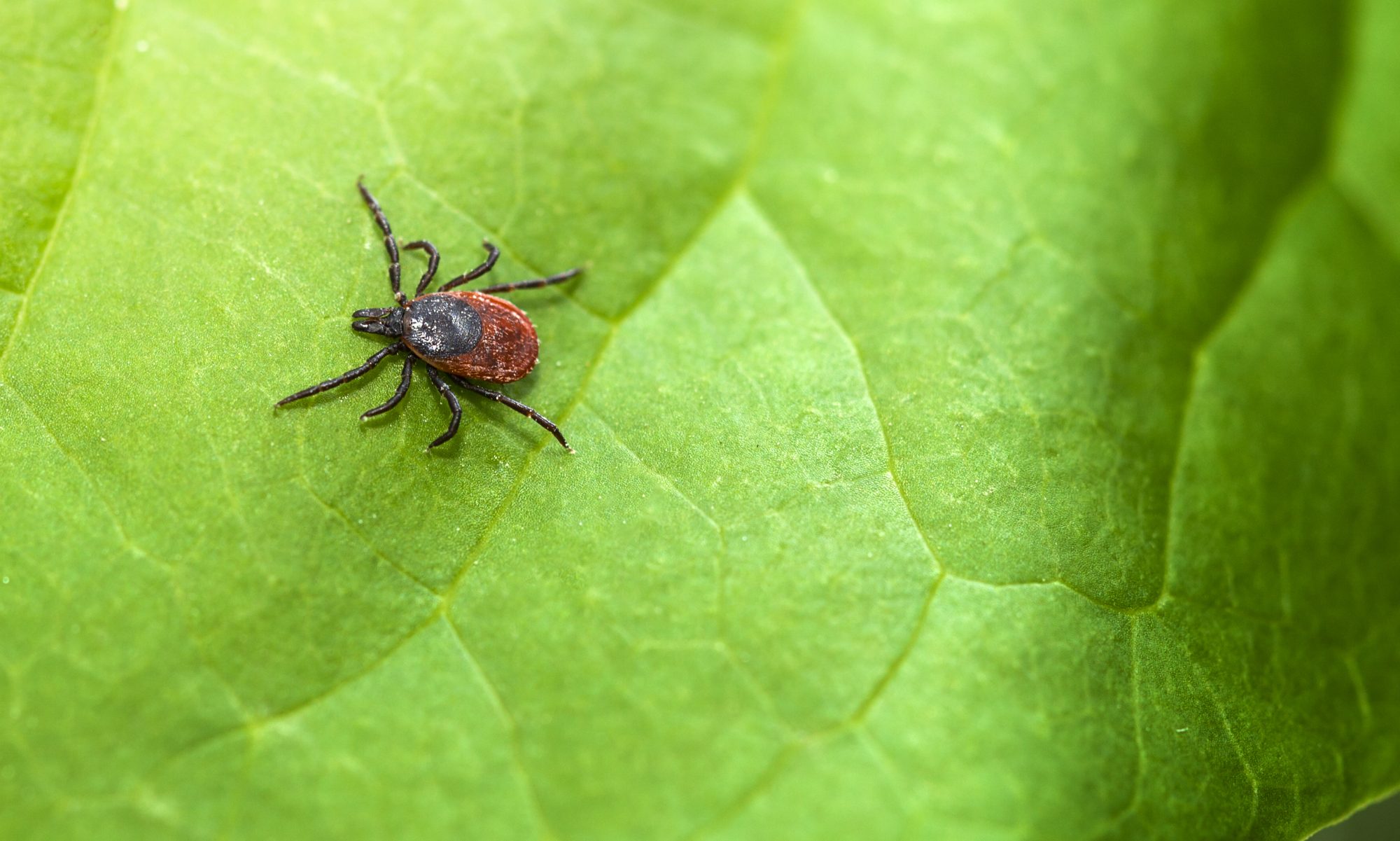The reference list contains citations for both research and online dataset sources.
Adams, D. A., Thomas, K. R., Jajosky, R.A., Foster, L., Baroi, G., Sharp, P., (…), Anderson, W. J. (2017). Summary of Notifiable Infectious Diseases and Conditions – United States, 2015. Retrieved from https://www.cdc.gov/mmwr/volumes/64/wr/mm6453a1.htm?s_cid=mm6453a1_w
Aucott, J. N., Crowder, L. A., Kortte, K. B. (2013). Development of a foundation for a case definition of post-treatment Lyme disease syndrome. International Journal of Infectious Diseases, v.17:6, e443-e449. Retrieved from https://ac-els-cdn- com.ezproxy.library.ubc.ca/S1201971213000465/1-s2.0-S1201971213000465- main.pdf?_tid=ec915307-d0d8-468e-a242-c43bf9b4fb14&acdnat=1524086719_4420c1c17ab43c9701e32aabd5b8dcd0
Briffa KR, van der Schrier G and Jones PD (2009). Wet and dry summers in Europe since 1750: evidence of increasing drought. International Journal of Climatology, 29, 1894-1905. DOI: 10.1002/joc.1836.
Brownstein, J. S., Holford, T. R., & Fish, D. (2003). A climate-based model predicts the spatial distribution of the lyme disease vector Ixodes scapularis in the United States. Environmental Health Perspectives, 111 (9), 1152-1157. Retrieved from https://www.ncbi.nlm.nih.gov/pmc/articles/PMC1241567/?tool=pmcentrez
Canadian Lyme Disease Foundation. (n.d.). Symptoms. Retrieved from https://canlyme.com/lyme-basics/symptoms/
Centers for Disease Control and Prevention. (2017). Lyme Disease: Data Statistics. Retrieved from https://www.cdc.gov/lyme/stats/index.html
Centers for Disease Control and Prevention. (2015). Lyme Disease: Transmission. Retrieved from https://www.cdc.gov/lyme/transmission/index.html
Centers for Disease Control and Prevention. (2017). Lyme Disease: Treatment. Retrieved from https://www.cdc.gov/lyme/treatment/index.html
Cheng, A., et al. (2017). Analyzing the potential risk of climate change on lyme disease in eastern Ontario, Canada using time series remotely sensed temperature data and tick population modelling. Remote Sensing, 9, 609. doi:10.3390/rs9060609
Chen, D., et al. (2015). Analyzing the correlation between deer habitat and the component of the risk for lyme disease in eastern Ontario, Canada: a GIS approach. ISPRS International Journal of Geo-Information, 4 (1), 105-123. doi:10.3390/ijgi4010105
Ozdeneral, E. (2015). GIS and remote sensing in the exploration of lyme disease epidemiology. International Journal of Environmental Research and Public Health, 12 (12), 15182-15203.
Fick, S.E. and R.J. Hijmans. (2017). Worldclim 2: New 1-km spatial resolution climate surfaces for global land areas. http://worldclim.org/version2: International Journal of Climatology
Hijmans, R. J. (2012). Cross-validation of species distribution models: removing spatial sorting bias and calibration with a null model. Ecology, 93 (3), 679–688. Retrieved from http://www.jstor.org.ezproxy.library.ubc.ca/stable/23143954
Kilpatrick, H. J., Labonte, A. M., Stafford, K. C. (2014). The Relationship Between Deer Density, Tick Abundance, and Human Cases of Lyme Disease in a Residential Community. Journal of Medical Entomology, v.51:4, 777-784. Retrieved from https://academic.oup.com/jme/article-abstract/51/4/777/894869?redirectedFrom=fulltext
Maes, E., Lecomte, P., & Ray, N. (1998). A cost-of-illness study of lyme disease in the United States. Clinical Therapeutics, 20, 993–1008. https://doi.org/10.1016/S0149-2918(98)80081-7
Malysa, S. (2017). What kind of climate do ticks survive in? Retrieved Science website at https://sciencing.com/kind-climate-do-ticks-survive-8734880.html
Marques, A. R. (2010). Lyme Disease: A Review. Current Asthma and Allergy Reports – Springer, v.10, 13–20. Retrieved from https://link.springer.com/content/pdf/10.1007%2Fs11882-009-0077-3.pdf
The Nature Conservancy (2018). Terrestrial Ecoregions. Retrieved from http://maps.tnc.org/gis_data.html#Portfolio
Natural Resources Conservation Service. (2017). Web Soil Survey (data file). Retrieved from https://websoilsurvey.sc.egov.usda.gov/App/HomePage.htm: National Cooperative Soil Survey
Osborn T.J., Barichivich J., Harris I., van der Schrier G., and Jones P.D. (2017). Monitoring global drought using the self-calibrating Palmer Drought Severity Index [in “State of the Climate in 2016”]. Bulletin of the American Meteorological Society, 98, S32-S33. doi:10.1175/2017BAMSStateoftheClimate.1
Ozdeneral, E. (2015). GIS and remote sensing in the exploration of lyme disease epidemiology. International Journal of Environmental Research and Public Health, 12 (12), 15182-15203. https://search-proquest-com.ezproxy.library.ubc.ca/docview/1754530039/fulltextPDF/9ED440A08312411BPQ/1?accountid=14656
Peterson, A. T., & Raghavan, R. K. (2017). The geographic distribution of Ixodes scapularis (Acari: Ixodidae) revisited: the importance of assumptions about error balance. Journal of Medical Entomology, 54 (4), 1080-1084. https://doi-org.ezproxy.library.ubc.ca/10.1093/jme/tjx095
Phillips, S. J., Anderson, R. P. & Schapire, R. E. (2006). Maximum entropy modeling of species geographic distributions. Ecological Modelling, 190 (3), 231–259. https://doi.org/10.1016/j.ecolmodel.2005.03.026
Phillips, S.J., Dudik, M. & Schapire, R.E. (2018) Maxent software for modeling species niches and distributions (Version 3.4.1). Retrieved from http://biodiversityinformatics.amnh.org/open_source/maxent/
Phillips, S. J. (2017). A brief tutorial on MaxEnt. Available from url: http://biodiversityinformatics.amnh.org/open_source/maxent/. Accessed on March 20, 2018
Quality Deer Management Association (2009). QDMA Whitetail report, 2009. Bogart, GA. 68 pp. http://www.qdma.com/uploads/pdf/WhitetailReport09.pdf
Seukep, S. E., Kolivras, K. N., Hong, Y., Li, J., Prisley, S. P., et al (2015). An examination of the demographic and environmental variables correlated with lyme disease emergence in Virginia. EcoHealth, 12 (4), 634-644. doi:http://dx.doi.org.ezproxy.library.ubc.ca/10.1007/s10393-015-1034-3
Stafford, K. C. & Williams, S. C. (2014). Deer, Ticks, and Lyme Disease: Deer Management as a Strategy for the Reduction of Lyme Disease. The Connecticut Agricultural Experiment Station. Retrieved from http://www.ct.gov/caes/lib/caes/documents/publications/fact_sheets/entomology/deer_&_ticks_fact_sheet.pdf
Tuanmu, M.-N. and W. Jetz. (2014). A global 1-km consensus land-cover product for biodiversity and ecosystem modeling. Global Ecology and Biogeography 23(9): 1031-1045. Data available on-line at http://www.earthenv.org/.
Trabucco, A., and Zomer, R.J. (2009). Global aridity index (global-aridity) and global potential evapo-transpiration (global-PET) geospatial database. CGIAR Consortium for Spatial Information. Retired from CGIAR-CSI GeoPortal at http://www.csi.cgiar.org/
United States Census Bureau (2018). County population totals and components of change: 2010 – 2016. U.S. Department of the Interior. (2015). Global multi-resolution terrain elevation data 2010 (GMTED2010). https://lta.cr.usgs.gov/GMTED2010: U.S. Geological Survey
University Corporation for Atmospheric Research. (2018). Climate change global warming shapefiles – changes in temperature and precipitation from 2010 through 2099. Retrieved from http://www.mapcruzin.com/climate-change-shapefiles/ccm/
University of Rhode Island. (2018). Tick Encounter Resource Center. Retrieved from http://www.tickencounter.org/
van der Schrier G., Barichivich J., Briffa K.R., and Jones, P.D. (2013). A scPDSI-based global data set of dry and wet spells for 1901-2009. J. Geophys. Res. Atmos. 118, 4025-4048 10.1002/jgrd.50355
Wormser, G.P., et al. (2007). The Clinical Assessment, Treatment, and Prevention of Lyme Disease, Human Granulocytic Anaplasmosis, and Babesiosis: Clinical Practice and Guidelines by Infectious Disease Society of America. Clinical Infectious Diseases, 45 (7), 1089-1134. https://academic.oup.com/cid/article/43/9/1089/422463
Walters, Brian F.; Woodall, Christopher W.; Russell, Matthew B. (2016). White-tailed deer density estimates across the United States, 2008. Retrieved from https://conservancy.umn.edu/handle/11299/178246?show=full: Libraries Digital Conservancy
Next section: Peer Evaluations
